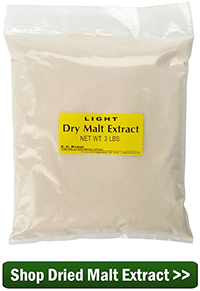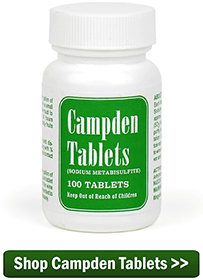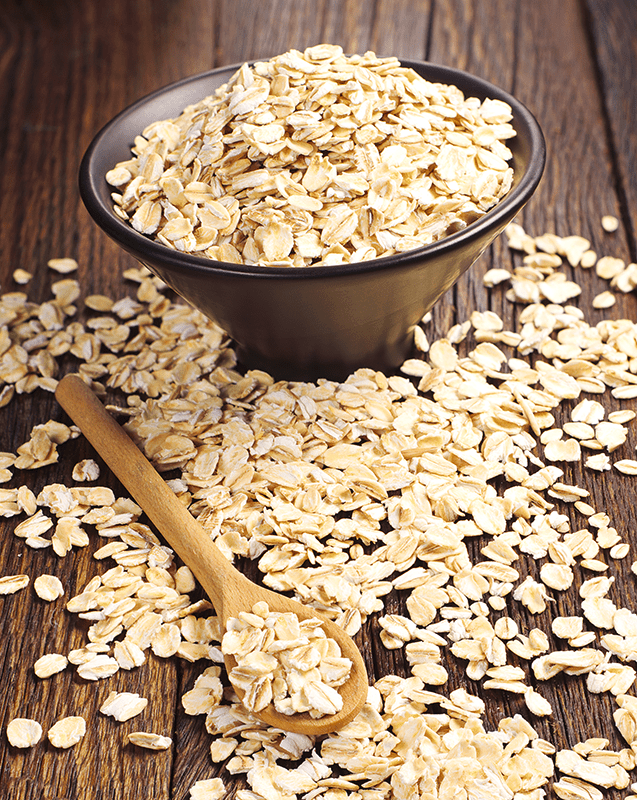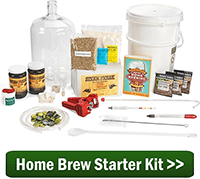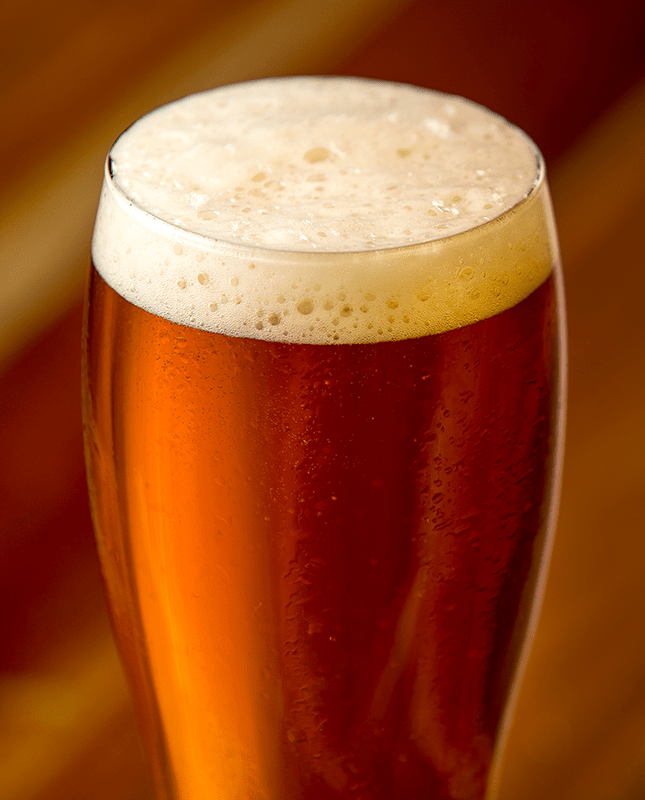 Generally speaking, brown ales are relatively mild and malt-forward beers that pair well with many different foods. Sometimes brown ales are nutty. This is from the character of the malted barley being used. Whether you prefer the classic, English version or the slightly more hoppy and robust American-style, brown ales make for good drinking. And without a doubt, brewing brown ales is well worth the effort.
Generally speaking, brown ales are relatively mild and malt-forward beers that pair well with many different foods. Sometimes brown ales are nutty. This is from the character of the malted barley being used. Whether you prefer the classic, English version or the slightly more hoppy and robust American-style, brown ales make for good drinking. And without a doubt, brewing brown ales is well worth the effort.
You could try brewing an English brown ale from a kit, or follow a brown ale beer recipe, but sometimes it’s fun to develop your own beer recipe. Here are some guidelines and suggestions for brewing your own brown ale:
Style Guidelines For Brewing Brown Ales
- ABV: Brown ales tend to be fairly sessionable, usually 4.2 – 5.4% alcohol by volume. American brown ales go as high as 6.2% ABV.
- IBUs: English brown ales range from 20-30 IBUs. Again, American versions tend to push the envelope a bit, reaching 40 IBUs or higher.
- Color: Northern English versions are copper to light brown in color, 12-22 degrees on the SRM color scale. Southern English and American brown ales reach as high as 35 SRM.
Water Treatment For Brewing Brown Ales
If brewing English brown Ale, try to recreate the hard water of the UK. To simulate a beer from Burton-on-Trent, use some gypsum and calcium carbonate, or Burton water salts. A brew from London will be high in sodium (100 ppm) and fairly high in carbonate (160 ppm). Note: You should know the mineral content of the water you’re brewing with before you start amending it.
Typical Grain Bill For Brewing Brown Ales
- All-Grain: As with many beers, a standard 2-row malt will be the foundation (70% or more) of your brew’s grain bill. A US 2-Row Malt will work, or try using Maris Otter for an English Brown. Chocolate Malt is the next most important component of the grain bill and will lend the beer a somewhat roasty, slightly bitter chocolate flavor. You don’t need a lot: 4-8 oz. for a 5 gallon batch should be sufficient (less if using other kilned malts). You may also wish to use up to 1 lb. of Crystal Malt, and maybe a pinch (2 oz. or less) of Roasted Barley if you’d like a more roasty beer.

- Extract: If brewing with extract, use a combination of light and dark malt extracts or 100% Amber Extract. Definitely consider steeping a little chocolate malt with some lightly kilned crystal malt. Note: Steeping even a little chocolate malt will add a lot of color. To keep your beer brown and not black, steep at most about 4 oz. of chocolate malt.
Adjuncts For Brewing Brown Ales
You may want to consider using a pound or so of brown sugar or a ½ pound of molasses for color and complexity.
Hops For Brewing Brown Ales
If brewing an English brown ale, stick with the classics: East Kent Goldings or Fuggles. For American brown ales, use primarily US-grown varieties. Consider finishing with Cascade, America’s most popular hop.
For an English Brown Ale, consider using Wyeast’s #1098 British Ale or #1028 London Ale. Nottingham is a good dry beer yeast. If brewing an American brown ale, try Safale US-05 or Wyeast’s #1056 American Ale. Or, if you want to get really creative, use a Belgian Ale Yeast to make it a Belgian brown ale!
So do you have a good Brown Ale recipe? What flavors do you look for when brewing brown ales?
—–
Ed Kraus is a 3rd generation home brewer/winemaker and has been an owner of E. C. Kraus since 1999. He has been helping individuals make better wine and beer for over 25 years.

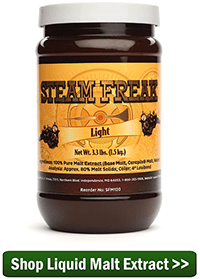
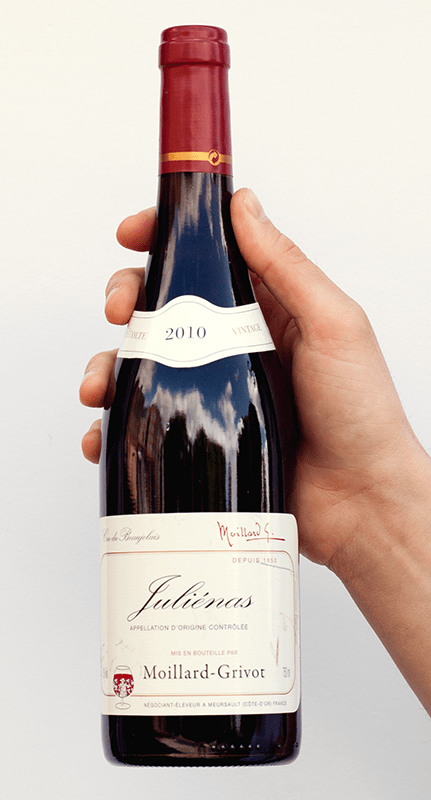
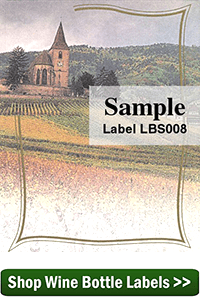
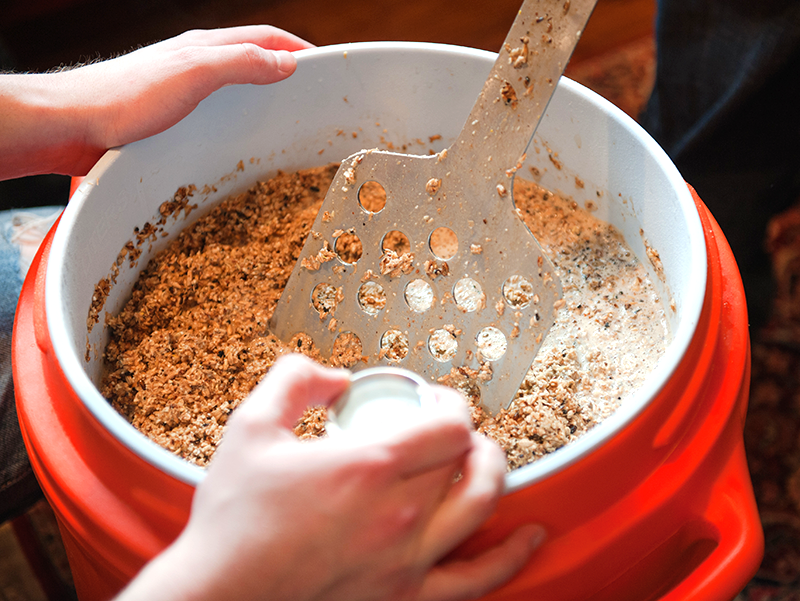
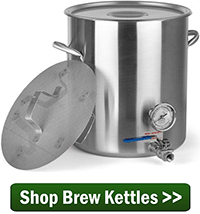
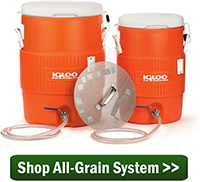
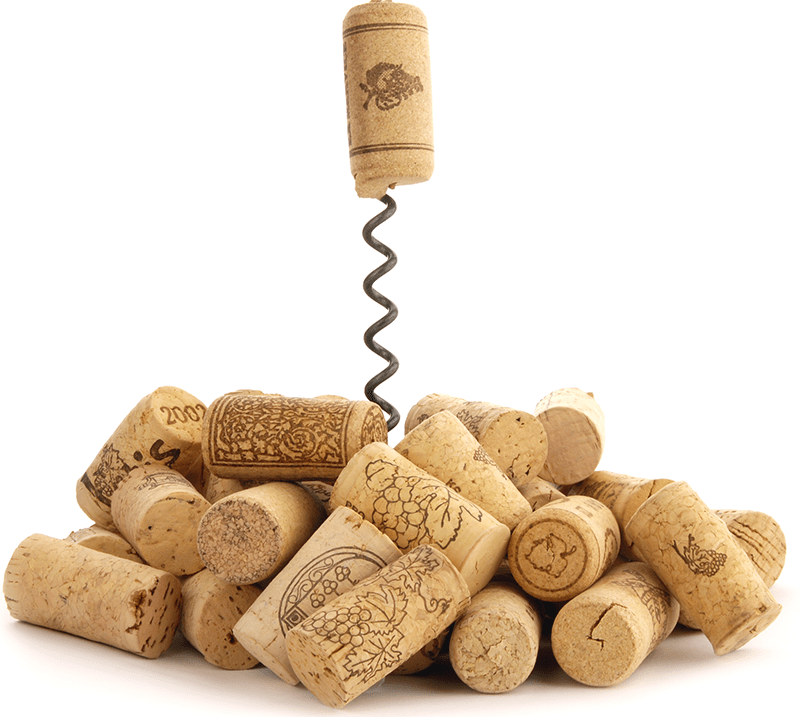
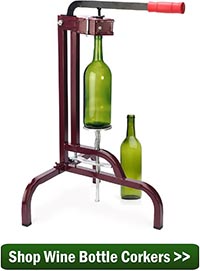
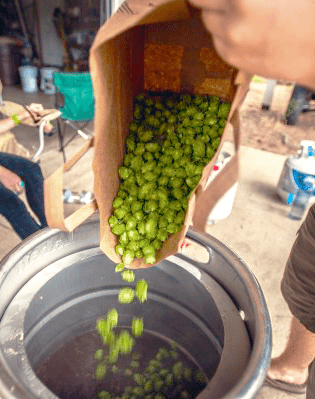

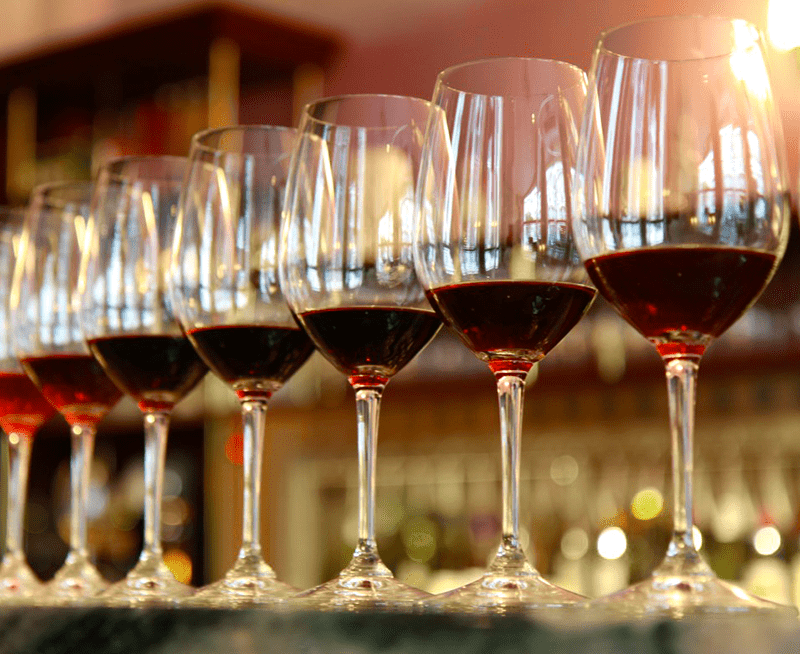
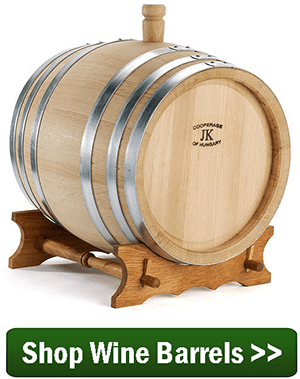
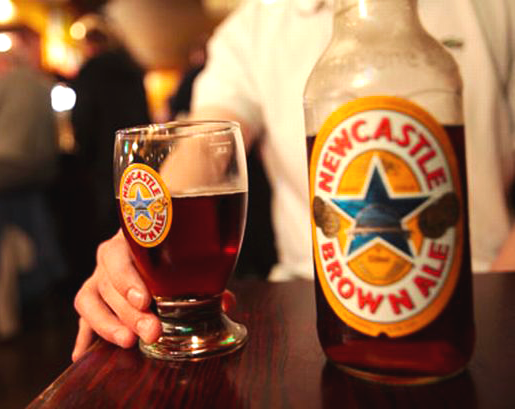 Considered by some to be the quintessential northern
Considered by some to be the quintessential northern 